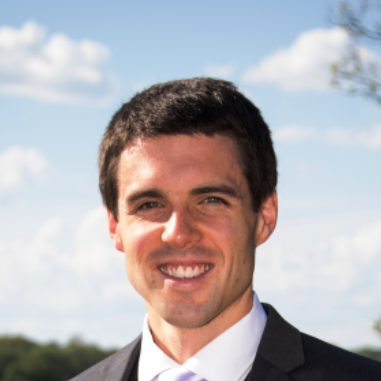NORTH SMITHFIELD – Town Administrator Gary Ezovski called the proposal reactionary, and likened it to making a law to determine what color residents could paint their houses.
The Town Council voted to reject a request by Councilor Douglas Osier that would have allowed him to develop an ordinance aimed at tree preservation and protection.
Osier brought the idea before the board at a meeting on Tuesday, Feb. 18 in a package including tree ordinances from several other Rhode Island communities.
“They talk about how clearing the trees in large, forested areas have kind of negative impacts on the community, specifically to property values, to soil composition, to community health, to everything,” said Osier. “Even the slightest clearing, fragmentation, can upset wildlife corridors.”
Osier said the proposal was unrelated to the changes recently passed in the solar zoning ordinance, which allow the town to request that companies replace trees removed during development.
“This would be something different that would ensure in the long range, we’re protecting the rural character, we’re protecting certain aesthetics of the town that people really find enjoyable,” he said.
The councilor said he wanted the board’s approval to start working with the town solicitor to craft an ordinance to bring back for approval, noting there would be input from the Planning Board and Conservation Commission.
Ezovski quickly spoke up, stating that Osier’s idea was in reaction to the town’s decision to create a solar overlay district.
The council approved the district in 2018, creating a 200-acre area where North Smithfield’s zoning ordinance – which restricts solar farms to six acres – does not apply. The controversial move made way for a plan by Green Energy Development, LLC to build a 38-megawatt solar array off of Iron Mine Hill Road, a project currently in the master planning stages.
“This whole discussion of trees is interesting in that it parallels what’s happening in town when we react to development proposals,” the administrator said. “Clearly, what this is is a reaction to the overlay district for the solar installation. What we’re looking to do is create another level of requirements for people who did nothing and have nothing planned to have to comply with.”
Ezovski said he was concerned the potential ordinance would interfere with streetscape maintenance.
“We’ve got some 100-foot oaks that are going to come down, and I don’t want to make that process any more difficult than it already is,” he said.
Osier said the ordinance would not change rules governing emergency situations, or issues such as trees that interfere with power lines.
“This is not a reactionary response to what is going on in our community,” Osier said. “This is being more proactive in our approach.”
“The state is starting to recognize that forest conservation is an important topic in all of our communities. These types of things are being dealt with across the country, and it’s not just being reactive,” he added.
Councilor Terri Bartomioli asked Osier what the goal would be.
“We’re talking about private property in a lot of these cases,” said Bartomioli. “What are we looking to create?”
“This isn’t dictating private property – what they can and cannot do on their land,” Osier responded. “It’s going to help enforce our ordinances that are outlined in the comprehensive plan. This is an effort to see how we can try to preserve the forest lands that we have now.”
The councilor compared the issue to building a house or addition without the proper permitting.
“All it’s saying is: you can’t cut down a healthy, viable tree without a proper permit,” Osier said of the proposal. “This is just to ensure that we’re not taking down good trees that have positive effects on our community. This process is more aligned with what is in our comprehensive plan.”
Councilor Paul Zwolenski said he supported the concept, but the idea needed to be flushed out.
“I wouldn’t want someone telling me I could take down a healthy tree in my yard,” Zwolenski said.
Ezovski said that while co-chairing a business roundtable with the Rhode Island Department of Environmental Management, he learned that, “we have ten times the standing board footage in trees than we had in 1900.”
“We were agricultural as a society back then. Over the last 150 years we have changed direction,” Ezovski said. “It isn’t because someone said ‘don’t cut them down.’ It’s because we all value them.”
“This is akin to some of the ordinances that we’ve tried to look at over the years that would have had us telling people what color they could paint houses,” Ezovski added. “I’m not a fan of these kinds of things and I will not sit quietly as I hear the proposals where people will be restricted.”
“It’s private property rights that I think someone has to speak to,” the administrator said. “We can’t make the whole town change its stripes because of one project.”
“The town did change its stripes when it decided to put in an overlay district,” Osier responded. “That’s forever going to change the composition of the town.”
Councilors voted 3-2 against the idea of drafting an ordinance, with Osier and Zwolenski in the minority.
https://shareasale.com/r.cfm?b=40&u=2312012&m=47&urllink=&afftrack=







